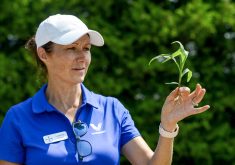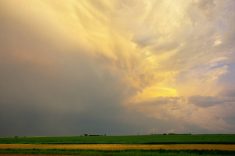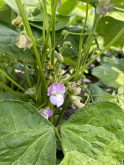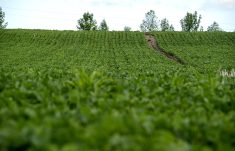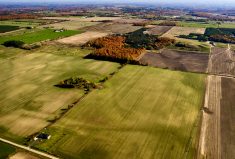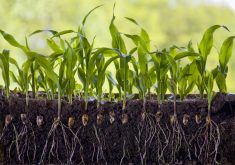Planting of the Ontario soybean crop was still underway in early June, with time left in the planting window.
Horst Bohner, soybean specialist at the Ontario Ministry of Agriculture, Food and Rural Affairs, said that about five per cent of the crop had been planted by end of May. However, some better weather in June meant more soybeans planted. Farmers on sandier soils were further ahead.
“The only thing holding us back is the weather,” Bohner said. “We’re going to need a good number of days of drying weather, and in many areas, it will take seven to 10 days. In the past month or so, we’ve had rain two to three times a week and it’s not a few millimetres at a time but a few inches. It’s a tremendous amount of water.”
Read Also
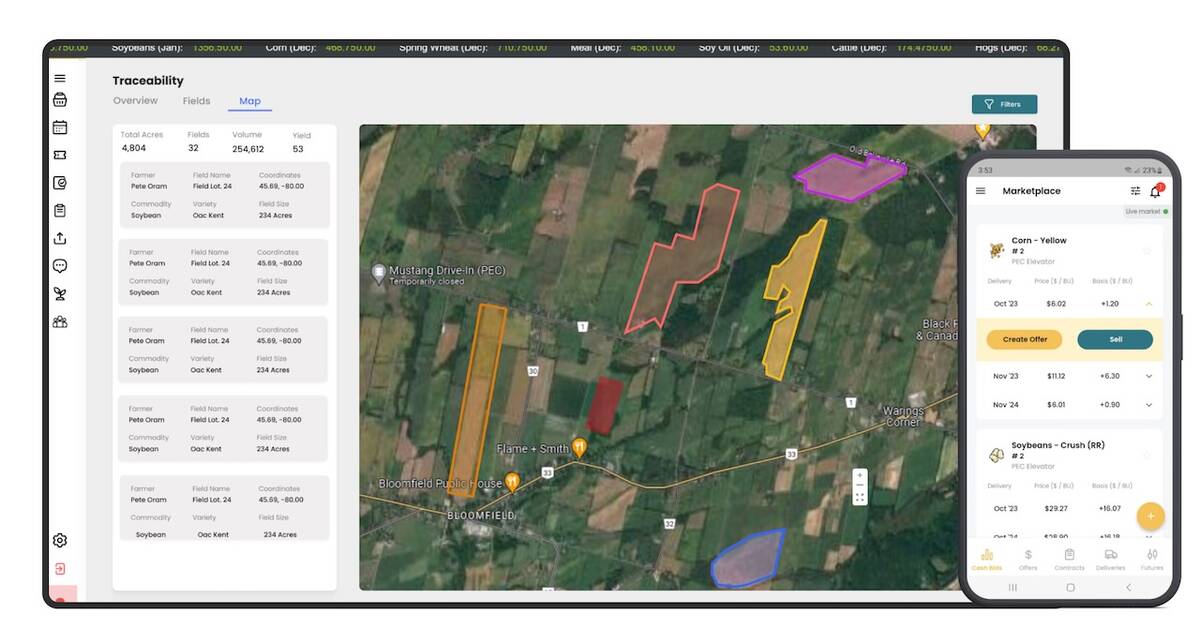
Ontario company Grain Discovery acquired by DTN
Grain Discovery, an Ontario comapny that creates software for the grain value chain, has been acquired by DTN.
This is the latest planting season Bohner has ever seen. It was similarly delayed in 1983, the last time there was such a lag.
Andy van Nierkirk, a certified crop advisor who farms 380 acres in Simcoe County, notes that some farmers might be considering planting a faster-maturing soybean variety, but he cautions that could affect yield.
Pest and disease concerns
Bohner said late seeding may allow seed corn maggot to be an issue in soybeans this year. However, if the weather warms and stays warm, quick emergence could reduce that threat.
Van Nierkirk reports that there can be problems with this pest on farmland that’s had manure applied this season or even in previous seasons. “The seed corn maggot is attracted to the CO2 produced in digestion of the manure, which is also released in plowed-under cover crops,” he explains. “If you let the cover crop dry up, you don’t see the issue, so this speaks in favour of leaving the residue to gradually break down.”

Record-breaking year?
The wet and chilly weather this spring could result in the largest soybean acreage that has ever been seen in Ontario – and that may, in turn, increase disease and pest risks.
Less than half the corn crop was in the ground at the end of May, says Bohner.
“In addition, a large percentage of wheat did not survive the winter and very few spring cereals and very little canola has been planted. That leaves soybeans.”
He said more soybeans in the crop rotation means there will be soybeans after wheat or soybeans directly following soybeans, which makes conditions more favourable for fungal disease. Also, soybean cyst nematode, if present the year before, will have large population increases in the second year of soybeans in a given field, he says, and this could result in significant yield losses.
Van Nierkirk notes that the late planting season is putting a heavy strain on many farmers, who in his words, simply “can’t afford to have a bad year.” He thinks people need to look out each other this season. To access the mental health and wellness resources produced by Farm Credit Canada (including the publication ‘Rooted in Strength’ and a stress assessment tool).
“At the end of the day, we have to remember the provincial soybean harvest could be very good this year,” Bohner says. “The yield potential is more stable in soybeans with late planting compared to other crops, and just because planting is delayed doesn’t mean we won’t have a good crop. The weather to come is the biggest factor.”



